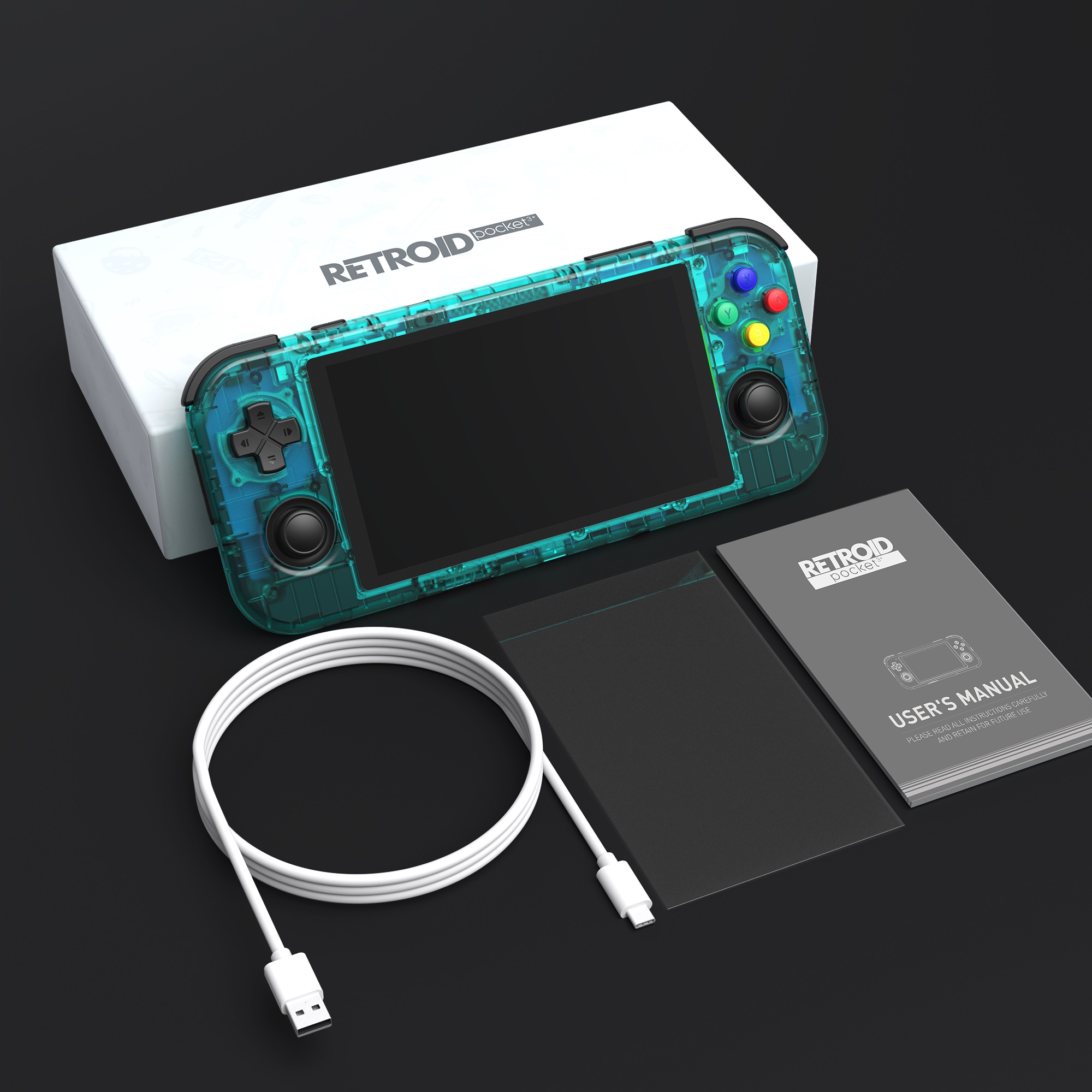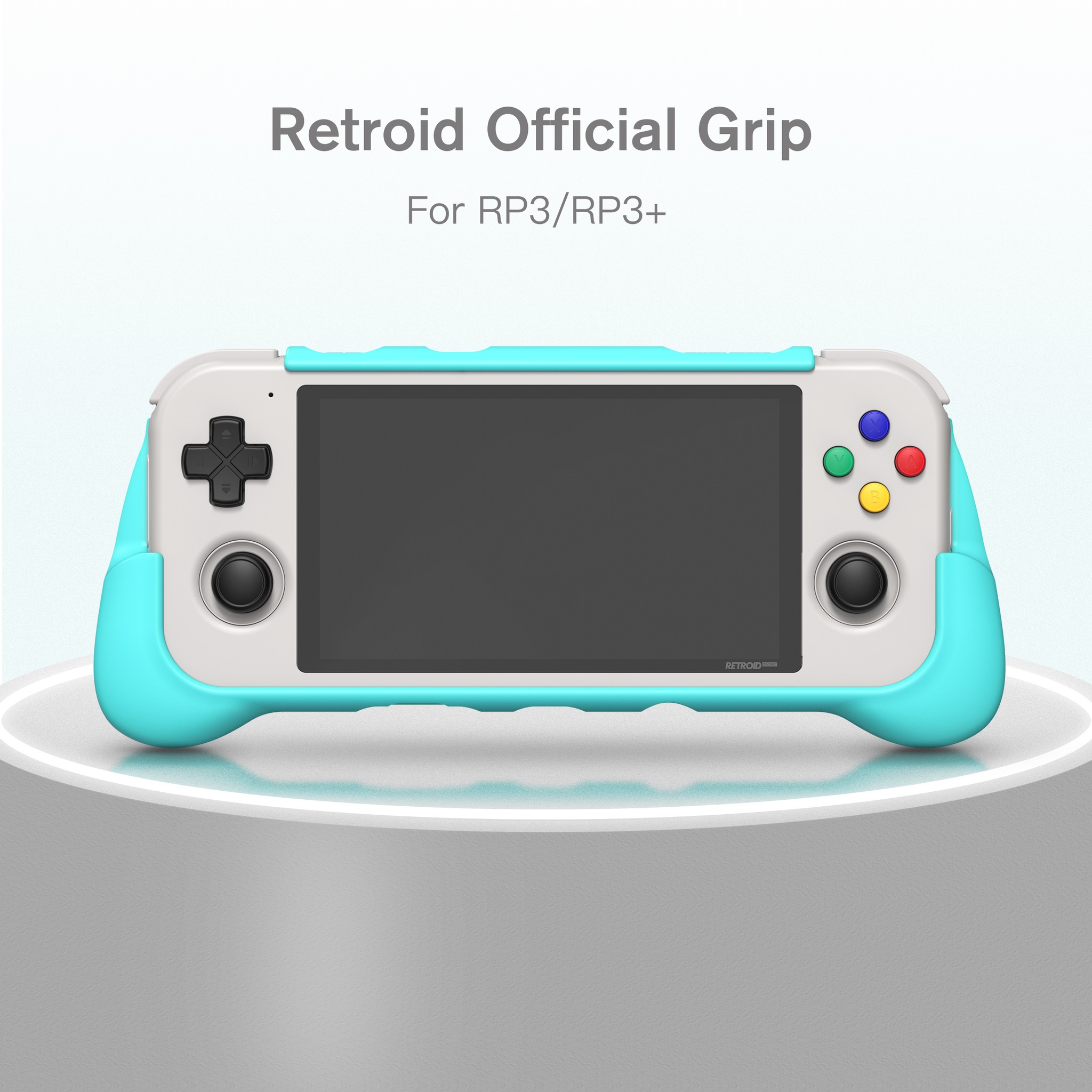Handhelds have taken the independent console market by storm, and there are so many to choose from that it can be a disorientating experience.
It feels like every month a bunch of new handhelds come out, and this plethora of options can be overwhelming for a new buyer.
What is the best entry point? Which is the best one? Should I wait for a better one? Some of those questions are impossible to answer, especially in a market that moves this fast, but for now we may have found a good entry point with the Retroid Pocket 3+.
The Retroid Pocket 3+ is a nice way to enter this market that can have wildly varying prices and quality. The first impression the device gives off comes from its premium look, as the shell and buttons give it a sophisticated appearance.
Retroid Pocket 3+
Manufacturer: Retroid
Platforms: Android
Price: $149 USD
The handheld definitely looks like a premium product, especially when accompanied by its carrying case. If Nintendo and Sony ever got together to design a console, this would probably be it. This thing would only be better if it could play Slotozilla.
The joysticks are very similar to the Nintendo Switch, and the same goes for the shoulder buttons and triggers, which are responsive and clicky. Meanwhile, the face buttons and D-pad feel just how the PS Vita’s buttons did, which is fantastic praise, as the Vita was a really responsive and comfortable device to use.
Speaking of comfort, the Retroid Pocket 3+ isn’t very comfortable to use as is, as the lack of something to hold on becomes very noticeable. Retroid does sell a grip on its website, but ergonomics should be a priority on any console, regardless of accessories.
Unfortunately, the only available color aside from transparent is this horrid sky blue, which makes the elegant handheld look more like a Fisher-Price toy.
The device comes pretty much ready for use, with a really quick setup process that lets the user choose what emulators and games they want to be installed, alongside the Google Play Store and its services.
So far, every game I could throw at it ran smoothly, titles like League of Legends: Wild Rift, Punishing: Gray Raven, and Honkai Impact 3rd all worked just fine, and the screen mapping tool made it easy to configure a controller layout for Honkai and Wild Rift, taking less than five minutes to set up.
Performance in Wild Rift is what surprised me the most, I played five matches in a row with no frame drops or stutters whatsoever. I did feel kinda dirty playing this touchscreen mobile game with what is essentially a controller, but hey, whatever helps me climb out of Bronze rank.
One of the Retroid Pocket’s weaknesses, the small screen, ends up becoming a strength when it comes to older games, as Gameboy Advance and original PlayStation titles look absolutely beautiful on its 4.7 inch screen, which is theorized to be an iPhone 6 display panel that can give an OLED a run for its money.
Something that 99.9% of people couldn’t possibly care less about are Retroarch’s filters, which restore colors to consoles like the Gameboy Advance and allow for some really good-looking CRT filters. As you can see below, they can change the look of a game and the Retroid Pocket’s screen does them justice.
I do have my gripes about how small the screen is, which is probably a moot point considering how the device is called a Retroid Pocket, but regardless, I do wish it was bigger. The console currently costs $149 USD, which is much less daunting than the Steam Deck’s asking price of $399 USD.
So, we know that the Retroid Pocket 3+ is cheaper, but, is it better than a Steam Deck? Well, the Retroid is an Android device, so it really isn’t competing with the Steam Deck, to begin with, and it also doesn’t pack nearly as much of a punch as the Deck does.
The Retroid Pocket 3+ stops just short of PlayStation 2 emulation, meaning that you want to look for higher-end devices for the more complex console emulation. Lighter PlayStation 2 games still run on the device, but the Retroid starts to struggle when it comes to consoles that are harder to emulate, like the Gamecube, Wii, 3DS, and PlayStation 2.
It’s needless to say that Wii U and Nintendo Switch emulation are not realistic expectations either. The lack of acceptable PlayStation 2 emulation is what stops the Retroid Pocket 3+ from being one of the best handhelds in general, but its performance is still pretty impressive considering the low price.
Despite that, the handheld still manages to run PSP, Nintendo 64, Dreamcast, and Nintendo DS games effortlessly, so it becomes an issue of which platform you care about the most. There are countless emulation benchmarks on YouTube for pretty much every existing console, so I won’t get too deep into it, as others have already done that.
In conclusion, the Retroid Pocket 3+ is a great choice for anyone who wants to dip their toes into the retro handheld craze, but due to its limitations, it can end up getting replaced pretty easily by more powerful devices.
The Retroid Pocket 3+ is available on their website for an MSRP of $149 USD. The Retroid Pocket 3+ was reviewed using a retail purchased unit. You can find additional information about Niche Gamer’s review/ethics policy here.



